Patti Smith
Tempo
Series Editor: Scott Calhoun
Tempo offers titles that explore rock and popular music through the lens of social and cultural history, revealing the dynamic relationship between musicians, music, and their milieu. Like other major art forms, rock and pop music comment on their cultural, political, and even economic situation, reflecting the technological advances, psychological concerns, religious feelings, and artistic trends of their times. Contributions to the Tempo series are the ideal introduction to major pop and rock artists and genres.
Titles in the Series
Bob Dylan: American Troubadour, by Donald Brown
Bon Jovi: Americas Ultimate Band, by Margaret Olson
Bruce Springsteen: American Poet and Prophet, by Donald L. Deardorff II
Ska: The Rhythm of Liberation, by Heather Augustyn
Paul Simon: An American Tune, by Cornel Bonca
Patti Smith: America's Punk Rock Rhapsodist, by Eric Wendell
British Invasion: The Crosscurrents of Musical Influence, by Simon Philo
America's Punk Rock Rhapsodist
Eric Wendell
ROWMAN & LITTLEFIELD
Lanham Boulder New York London
Published by Rowman & Littlefield
A wholly owned subsidiary of The Rowman & Littlefield Publishing Group, Inc.
4501 Forbes Boulevard, Suite 200, Lanham, Maryland 20706
www.rowman.com
Unit A, Whitacre Mews, 26-34 Stannery Street, London SE11 4AB, United Kingdom
Copyright 2015 by Eric Wendell
All rights reserved. No part of this book may be reproduced in any form or by any electronic or mechanical means, including information storage and retrieval systems, without written permission from the publisher, except by a reviewer who may quote passages in a review.
British Library Cataloguing in Publication Information Available
Library of Congress Cataloging-in-Publication Data
Wendell, Eric, 1984.
Patti Smith : America's punk rock rhapsodist / Eric Wendell.
pages cm. (Tempo : a Rowman & Littlefield music series on rock, pop, and culture)
Includes bibliographical references and index.
ISBN 978-0-8108-8690-2 (cloth : alk. paper) ISBN 978-0-8108-8691-9 (ebook : alk. paper)
1. Smith, Patti. 2. Rock musiciansUnited StatesBiography. I. Title.
ML420.S672W46 2015
782.42166092dc23 [B]
2014023315
 TM The paper used in this publication meets the minimum requirements of American National Standard for Information Sciences Permanence of Paper for Printed Library Materials, ANSI/NISO Z39.48-1992.
TM The paper used in this publication meets the minimum requirements of American National Standard for Information Sciences Permanence of Paper for Printed Library Materials, ANSI/NISO Z39.48-1992.
Printed in the United States of America
Foreword
In the pages that follow is a portrait of the many ways that Patti Smith shook up a baby boomer world by crashing through conventions left and right. What emerged in the wake of her iconoclasm was the creation of the American punk-poet aesthetic and a fresh take on the female pop icon. Smoldering with ideas and arguments, Smith was a red-hot poker forged on the cool streets of New York City. Her form followed the future... or might have been from another planet; hers was certainly not the feminine physique that had historically held center stage in American culture.
Speaking of form, later in life Smith would defy conventions again by embracing motherhood and domestic life but on her terms and only after she had successfully, for herself, liberated rock and roll of the male archetype. Smiths sense of style, though, neither indicated nor negated the feminine any more than the masculine. She was an explorer, and she found a welcoming place in an avant-garde community of art and fashion mavericks looking to challenge classical forms, not to mention cultural taste and morality.
Smith absorbed books, poetry, and her parents Christian religion as a childsickly, for most of her young years, she had plenty of bedridden time to readand she released in song and poetry and art what inspired her back into the world, without much regard for the traditional audiences, who for so long relied on a certain stability that all those words and ideas had heretofore provided. She perceived the crucial role that the history of explorers and nonconformers just a few blocks off Main Street played in the story of any great society. She merged traffic, bringing the energy of Americas side street and alleyway cultures onto its thoroughfares.
The tensions between the popular and the radical are often where the most potent critiques of institutional carelessness arise, and Smith seemed right at home in the contradictions that she herself embodied and created. In those tensions, she has made her most effective stands for the agency of the American individual to be whoever she or he wants to be. How one might best know that the iconoclast is actually working to build a better future for her society, rather than just for herself, is by how much care she devotes to creating the new to replace the old. Smithjudging by the quality of her artistic career and the inspiration that she has been to many after herhas cared deeply and has created lovingly.
Scott Calhoun
Series Editor
Time Line
American and World Events | Patti Smith Events |
December 31, 1946: President Harry Truman officially ends World War II with the signing of Proclamation 2714. | December 30, 1946: Patricia Lee Smith is born in Chicago, Illinois. |
April 15, 1967: Anti-Vietnam protests occur in New York and San Francisco with more than a half million participating in the protests. | April 26, 1967: Gives birth to her first child, which she gives up for adoption. |
February 11, 1971: President Nixon signs the Seabed Arms Control Treaty, in an effort to prevent the use of nuclear weapons. | February 10, 1971: Performs with Lenny Kaye for the first time at the Poetry Project at St. Marks Church in New York City. |
April 19, 1971: Charles Manson is sentenced to death for the murder of Sharon Tate. | April 29, 1971: Smith and playwright Sam Shepard stage their play Cowboy Mouth at the American Place Theatre for one night only. |
June 25, 1973: Former White House counsel John Dean testifies before the Senate Watergate Committee regarding his involvement in the Watergate Scandal. | June 1973: Releases her book of poetry, Witt. |
November 27, 1973: U.S. Senate votes 923 confirming Gerald Ford as vice president of the United States. | November 1, 1973: Smith and Kaye perform for a Rock n Rimbaud performance, forming the genesis of what would become the Patti Smith Group. |
February 4, 1974: Newspaper heiress Patricia Hearst is kidnapped by members of the Symbionese Liberation Army. | February 1, 1974: The Patti Smith Group begins to perform at CBGB, performing four nights a week for almost two months. |
June 29, 1974: Soviet dancer Mikhail Baryshnikov defects from the Soviet Union to Canada to seek political asylum. | June 1, 1974: Smith records her first two singles Hey Joe and Piss Factory. |
December 9, 1975: President Gerald Ford signs a $2.3-billion loan authorization for New York City in an effort to prevent financial default. |


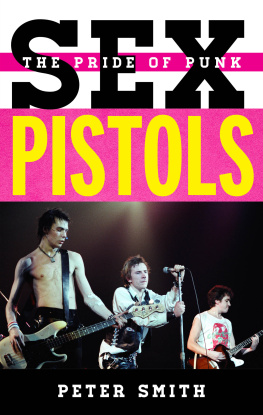

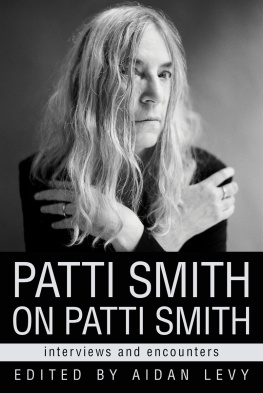
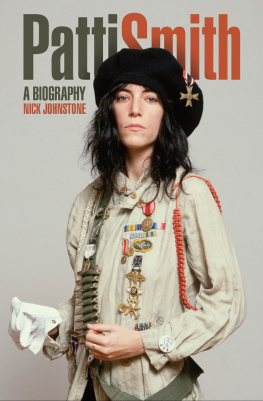
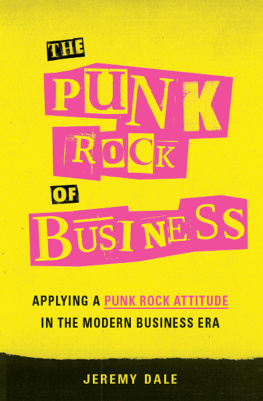
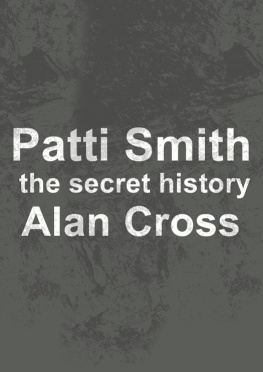
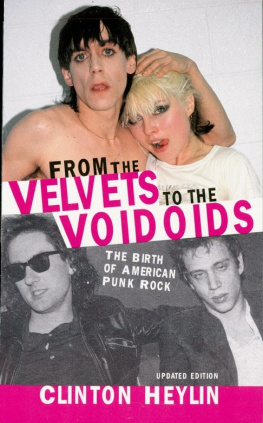


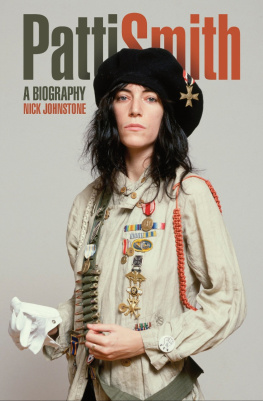
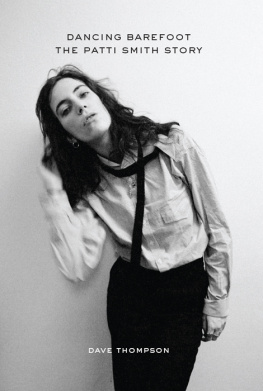
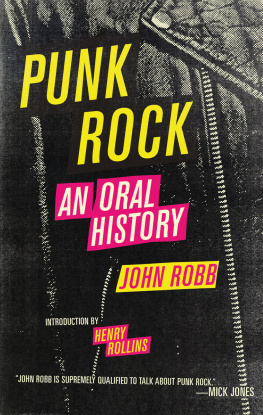
 TM The paper used in this publication meets the minimum requirements of American National Standard for Information Sciences Permanence of Paper for Printed Library Materials, ANSI/NISO Z39.48-1992.
TM The paper used in this publication meets the minimum requirements of American National Standard for Information Sciences Permanence of Paper for Printed Library Materials, ANSI/NISO Z39.48-1992.